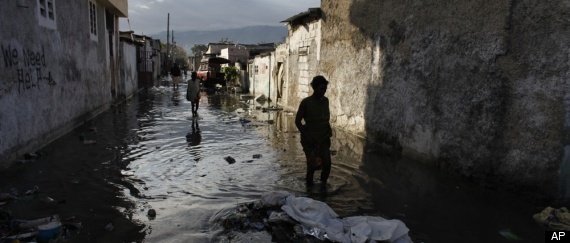OKHOTSK, Russia - A rescue team recovered the body of the crewmember found in a sunken Russian vessel in the Sea of Okhotsk Friday, officials said.
No documents were found on the body, and he has not yet been identified, ITAR-Tass reported.
Divers from the Emergencies Ministry's Far Eastern regional search and rescue center are working at the shipwreck site to recover other bodies from the vessel, the ministry said.
The divers have gone down to the sunken ship seven times, examining the captain's room, the dining room and the pilothouse. No other bodies have been found inside the vessel.
On Oct. 28, the freighter Amurskaya was en route to Okhotsk from Kiran with a cargo of gold ore weighing 700 tons when it sent a distress call. Nine crew members were aboard the vessel.
The vessel was found lying on the bottom of the Sea of Okhotsk at a depth of about 82 feet, near the Shantar Islands.
Friday 9 November 2012
Read more: http://www.upi.com/Top_News/World-News/2012/11/09/Body-of-man-recovered-from-sunken-ship/UPI-67461352486318/#ixzz2BlqdQ11l
No documents were found on the body, and he has not yet been identified, ITAR-Tass reported.
Divers from the Emergencies Ministry's Far Eastern regional search and rescue center are working at the shipwreck site to recover other bodies from the vessel, the ministry said.
The divers have gone down to the sunken ship seven times, examining the captain's room, the dining room and the pilothouse. No other bodies have been found inside the vessel.
On Oct. 28, the freighter Amurskaya was en route to Okhotsk from Kiran with a cargo of gold ore weighing 700 tons when it sent a distress call. Nine crew members were aboard the vessel.
The vessel was found lying on the bottom of the Sea of Okhotsk at a depth of about 82 feet, near the Shantar Islands.
Friday 9 November 2012
Read more: http://www.upi.com/Top_News/World-News/2012/11/09/Body-of-man-recovered-from-sunken-ship/UPI-67461352486318/#ixzz2BlqdQ11l














